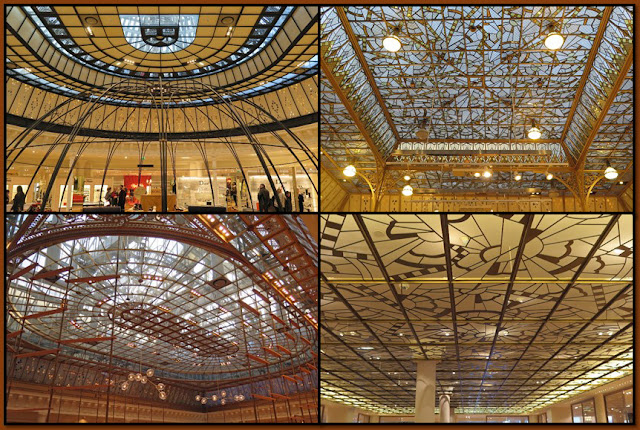There are
art galleries a bit everywhere in Paris, but some of the more exclusive ones
can be found in the area around Avenue Matignon and the nearby streets, in the
8th arrondissement.
Here are
some pictures from a recent walk, mostly taken through the show windows, some from
inside a few galleries. There are of course a lot of famous names among
painters, sculptors… which you no doubt recognize. Other galleries offer other
types of art, like furniture, glassware… (I was surprised to see the number of
Bernard Buffet paintings offered by many galleries – any special reason?) The
only painting where I dared to ask for a price, was a small, modest watercolour
by Emile Bernard, Vincent van Gogh’s best friend during his Paris years -
28.000 €. Finally I went home without any purchasing, which anyhow, I must admit,
were not planned.
I have a
hope that the art market will give a chance to real art lovers and to living
artists. Today, in my mind, there is a lot of pure speculative business, where
some of the most sought after artists often end up hidden in a safety vault in
Switzerland, Abu Dhabi, Hong Kong... , not even visible to public. Other less
known artists struggle to survive.


































































